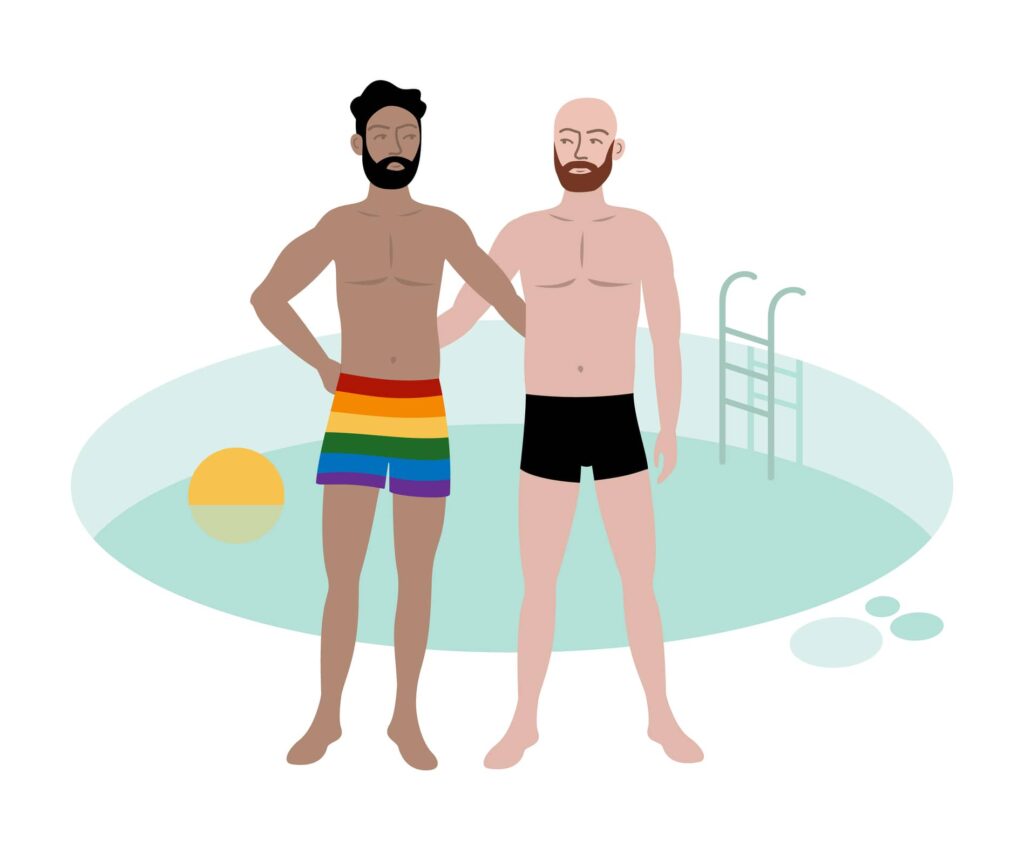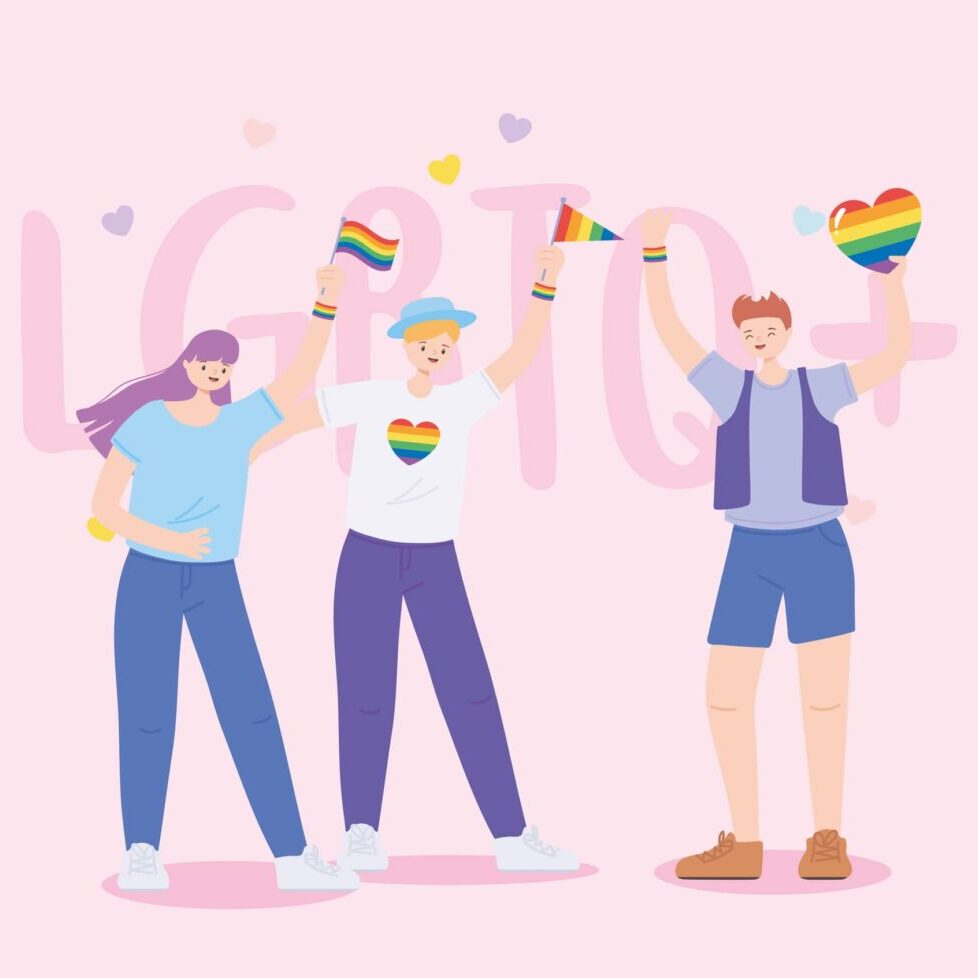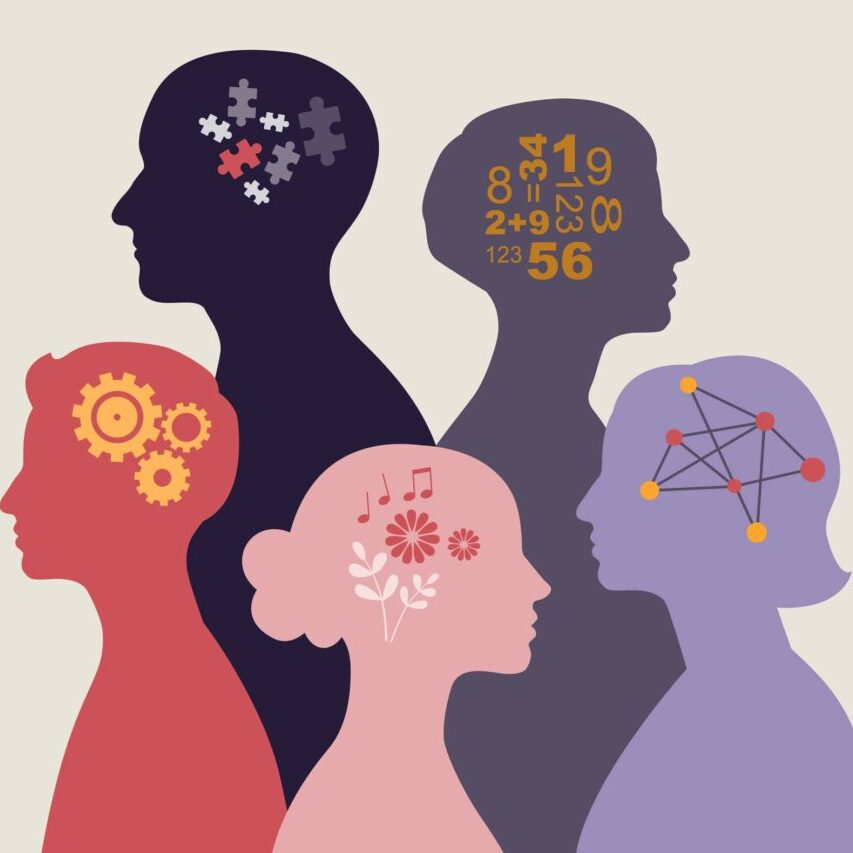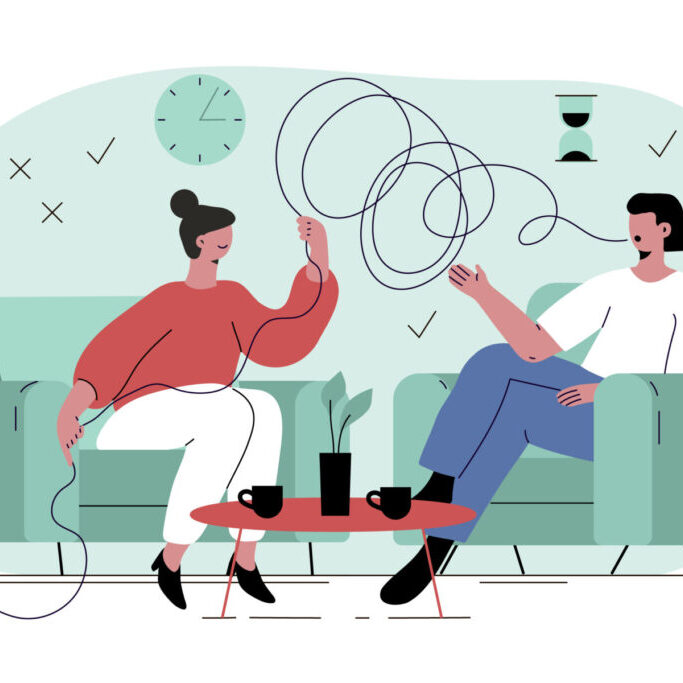Improving Self-Esteem and Mental Health: Strategies for Gay Men Coping with Body Image Issues

Chicago’s Hollywood Beach, a known queer-friendly destination, often feels like a battleground for gay men grappling with body dissatisfaction. This scenic beach, while being a symbol of community and belonging, also presents a harsh mirror for those struggling with self-esteem issues.
The desire to fit in and the plethora of exposed bodies can be overwhelming, triggering feelings of inadequacy and self-doubt among gay men who don’t feel they measure up to perceived standards of physical perfection.
Even for those who steer clear of the beach, the triggers for body issues are ubiquitous. Social gatherings, dating apps, gym culture, and even casual conversations can become minefields of comparison and self-criticism. For many gay men, these challenges are compounded by societal pressures and the unique dynamics within the LGBTQ+ community.
Shocker! Gay, bisexual, and queer men are more dissatisfied with their bodies.
Research consistently shows that gay, bisexual, and queer men experience higher levels of body image dissatisfaction compared to their straight counterparts. A study by Frederick et al. (2022) highlights that men with these identities are more likely to engage in body comparison and experience greater distress related to their body image.
Importantly, Frederick’s study is one among many that underscore the prevalence of body dissatisfaction among gay men. This increased vulnerability can be attributed to the convergence of societal expectations, internalized homophobia, and the pressures of conforming to idealized body standards within the LGBTQ+ community.
Pressures Impacting Body Image for Gay Men
The pressures impacting gay body image emanate from many sources, each contributing to a complex web of expectations and idealistic beauty standards. To name a few:
- Social Media – Platforms like Instagram and TikTok amplify unrealistic beauty standards, promoting images of flawless physiques and curated lifestyles. The constant exposure to idealized bodies can lead to unhealthy comparisons and a distorted sense of self-worth.
- Hookup Culture – Dating and hookup apps, while facilitating connections, often emphasize physical appearance as the primary criterion for attraction. Profiles showcasing sculpted abs and chiseled features can create a narrow definition of desirability, marginalizing those who don’t fit that mold.
- “In-Group” and “Out-Group” Mentality – Within the gay community, there can be a pronounced “in-group” and “out-group” dynamic, where acceptance and belonging are linked to physical appearance. For example, expectations of twinks to be hairless, otters to be hairy, jocks to be sculpted, and bears to be muscular.This dynamic fosters a competitive atmosphere, where the desire to fit in and be accepted drives individuals to conform to specific body ideals. In fact, it’s so common that people often report not being “enough” of a particular trait to fit into the group they most identify with; the result, poor impacts on gay men and body image and self-esteem.
Gay Men and Body Image Issues Complexity
Gay men and gay body image issues manifest in various ways, reflecting the diversity of experiences and challenges faced by different individuals. These issues are not monolithic; they are influenced by a myriad of factors including race, body type, cultural expectations, and the pervasive impact of social media and hookup apps.
Within the LGBTQ+ community, under-represented groups such as people of color and those with non-normative body types often face significant hurdles in finding approval and belonging. Narrow representations of physical characteristics marginalize those who do not fit these ideals, leaving many feeling invisible or inadequate.
The intersectionality of race, body type, and sexual orientation compounds the struggles of these individuals, who may already face societal discrimination outside of the LGBTQ+ community. For them, the pressure to conform to an idealized image within their own community can be particularly disheartening and isolating.
As cultural trends evolve, so do the expectations of what it means to “look gay.” This fluidity creates a perpetual quest for validation, where gay men continuously adapt to shifting standards to maintain a sense of belonging.
The ideal gay body image is not static; what was considered attractive a decade ago may no longer hold the same appeal today. For instance, at one point, the “twink” body type (slim and youthful) might be in vogue, only to be replaced by the preference for a more muscular “twunk” physique.
This constant evolution forces gay men to stay in tune with ever-changing trends, often at the expense of their mental health. The relentless pursuit of these fluctuating ideals can lead to a sense of never being “good enough,” as the goalposts for acceptance and attractiveness are continually moved.
Overcome Body Image Issues: Address Bad Habits in Self-Evaluation
Overcoming body image issues begins with addressing the ingrained habits that fuel negative self-evaluation. Here are some strategies to consider:
- Avoid Solely Focusing on Appearance – Building community and self-worth should not be contingent solely on physical appearance. Engaging in activities that foster connection and shared interests can help shift the focus from looks to meaningful relationships. Focus on other parts of yourself!
- Focus on Body Function over Form – It’s reasonable to want to be healthy and have a body that facilitates doing things that are important to you. And, yes, exercise is valuable for mood and stress. But, try to focus on how your body is performing and not its shape.
- Interrupt Negative Self-Talk – Identifying and challenging negative self-talk is crucial. Recognizing one’s strengths and successes, irrespective of physical appearance, can help build a more balanced and positive self-image. Celebrate your wins! You are more than your body!
- Resist Seeking Validation Solely for Appearance – It’s essential to resist the tendency to seek validation exclusively based on looks. Valuing qualities such as kindness, intelligence, and creativity can provide a more comprehensive sense of self-worth.
The Power of Self-Compassion
Practicing self-compassion is one of the most effective tools in combating gay body issues. Self-compassion involves treating oneself with the same kindness and understanding that one would offer to a friend. It means acknowledging imperfections without harsh judgment and recognizing that suffering and inadequacy are part of the shared human experience.
The benefits of self-compassion extend far beyond improving gay body image. Research indicates that self-compassion can significantly lessen anxiety, combat depression, and enhance overall mental well-being.
A study by Braun et al. (2021) found that individuals who practice self-compassion experience improved body image and greater psychological resilience. Put simply, self-compassion acts as a buffer against the negative impacts of societal pressures and internalized body dissatisfaction.
Tips to Enhance Self-Compassion:
Here are practical ways to cultivate self-compassion and improve your body image:
- Correct Negative Self-Talk – Challenge and reframe self-critical thoughts. Instead of focusing on perceived flaws, highlight positive attributes and accomplishments.
- Radically Accept “Flaws” as Part of the Human Experience – Embrace imperfections as a natural part of being human. Understanding that everyone has flaws can foster a sense of connection and reduce feelings of isolation.
- Identify Strengths and Successes – Regularly acknowledge personal strengths and achievements. Celebrating non-physical qualities can reinforce a more holistic self-image. You are more than the shape of your body!
- Practice Positive Talk Among Friends and Loved Ones – Surround yourself with supportive people who engage in positive and affirming conversations. This can help reinforce a healthy self-perception. Likewise, show compassion for others. Judgements of the shape of other’s bodies make it harder to have compassion for yourself (and it’s not helpful to others either).
- Attend to Your Emotional and Mental Needs – Prioritize self-care and emotional well-being. Activities such as mindfulness, meditation, and therapy can support mental health and foster self-compassion.
- Focus on What Your Body Does for You – Focusing on the function and capability of your body instead of its shape helps to grow compassion for your body.
- Work with a Therapist – Seeking professional help from an individual therapist, particularly one who is queer-affirming, can provide valuable tools and strategies for practicing self-compassion and addressing gay body image issues.
Improving self-esteem and mental health for gay men coping with body image issues is a multifaceted process. It involves recognizing the unique pressures faced by this community, challenging harmful self-evaluation habits, and embracing self-compassion.
By fostering a more compassionate and inclusive self-view, gay men can navigate the complex landscape of body image with greater resilience and confidence.
If you or someone you know is struggling with gay body image issues, consider reaching out to a queer affirming therapist at Tandem Psychology. Professional support can make a significant difference in developing healthier self-esteem and a more positive body image.
This blog is made for informational and educational purposes only. It is not medical advice. The information in this blog is not intended to (1) replace a one-on-one relationship with a qualified licensed health care provider, (2) create or establish a provider-patient relationship, or (3) create a duty for us to follow up with you.



